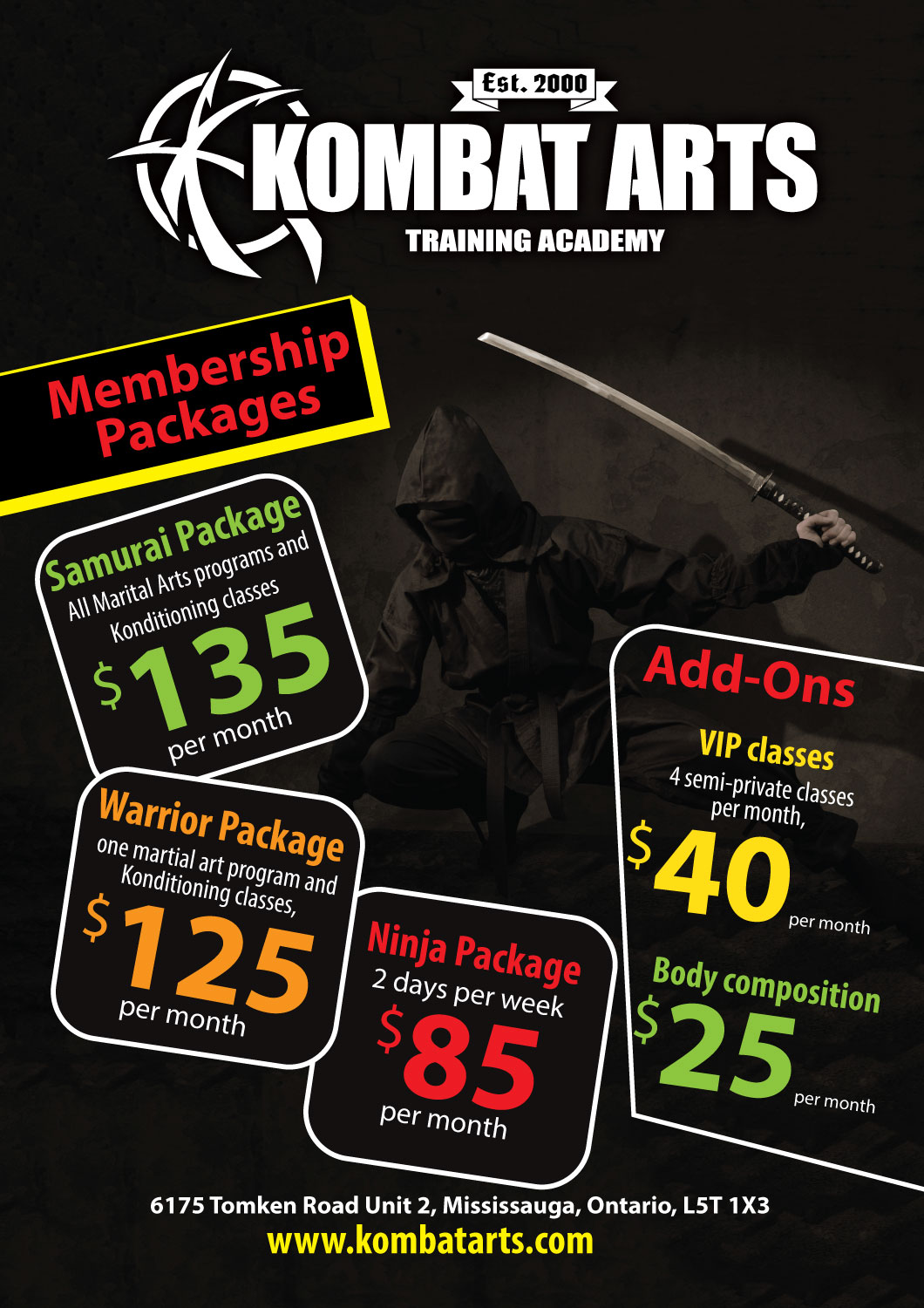Key Differences In Between Standard Martial Arts And Modern Fight Sports: An In-Depth Analysis
Key Differences In Between Standard Martial Arts And Modern Fight Sports: An In-Depth Analysis
Blog Article
Write-Up Developed By-Skovbjerg Johnson
When you think of martial arts, do you lean much more toward the conventional practices or the contemporary combat sports? Each course offers special benefits and experiences, formed by their approaches and training techniques. Standard martial arts stress personal growth and technique, while modern-day battle sports concentrate on competitors and performance. Understanding martial arts classes near me adults can direct you in choosing the best approach for your trip. However how do these differences manifest in training and approach?
The Ideology and History Behind Standard Martial arts
While many individuals link martial arts with physical fight, the approach and history behind conventional martial arts run much deeper. You'll discover that these disciplines emphasize individual development, self-control, and respect.
Stemming from ancient practices, traditional martial arts were typically established for Self-Defense and spiritual growth. They personify concepts such as equilibrium, harmony, and self-discipline, assisting practitioners past plain fighting skills.
As you train, you'll not only find out methods however likewise gain understandings into the culture and worths that shaped these arts. The rituals and traditions, commonly given through generations, cultivate a sense of community and belonging.
The Competitive Nature of Modern Battle Sports
Modern combat sports have changed the landscape of martial arts into a very affordable field, where athletes take on in an examination of skill, approach, and endurance.
You'll discover that competitors are usually organized with stringent rules and policies, making sure justice and safety and security. These events bring in big target markets, fueling the exhilaration and strength of competitions.
Professional athletes educate carefully, not just for physical prowess but also for psychological durability, understanding that every information counts in the ring. The adrenaline thrill during competitions is apparent, as competitors push their restrictions to claim triumph.
Followers appreciate the athleticism and virtuosity involved, making modern battle sporting activities a thrilling phenomenon that remains to evolve and mesmerize enthusiasts around the globe.
Training Techniques and Techniques: A Relative Analysis
The competitive atmosphere of modern-day battle sports needs cutting-edge training techniques that vary significantly from traditional martial arts.
In modern training, you'll concentrate on certain techniques, sparring, and conditioning, commonly using drills that replicate genuine fight scenarios. You'll see an emphasis on measurable efficiency and constant competition to examine your abilities.
On the other hand, standard martial arts focus on forms, katas, and thoughtful trainings, frequently emphasizing discipline and regard over competitors.
Training is normally less intense and might involve repeated technique as opposed to real-time sparring.
While both approaches construct skill and health and fitness, contemporary battle sporting activities provide a much more dynamic and adaptable training atmosphere, preparing you for instant obstacles in the ring or cage.
Choose the path that straightens with your objectives and passions.
Final thought
In choosing in between standard martial arts and modern-day combat sporting activities, it actually boils down to what you value most. If you're searching for individual growth, discipline, and a sense of area, conventional arts might be your ideal fit. Yet if you prosper on competition and real-time challenges, contemporary battle sporting activities could be the means to go. Eventually, both paths provide distinct benefits, so it's all about aligning your training with your personal goals and passions.
